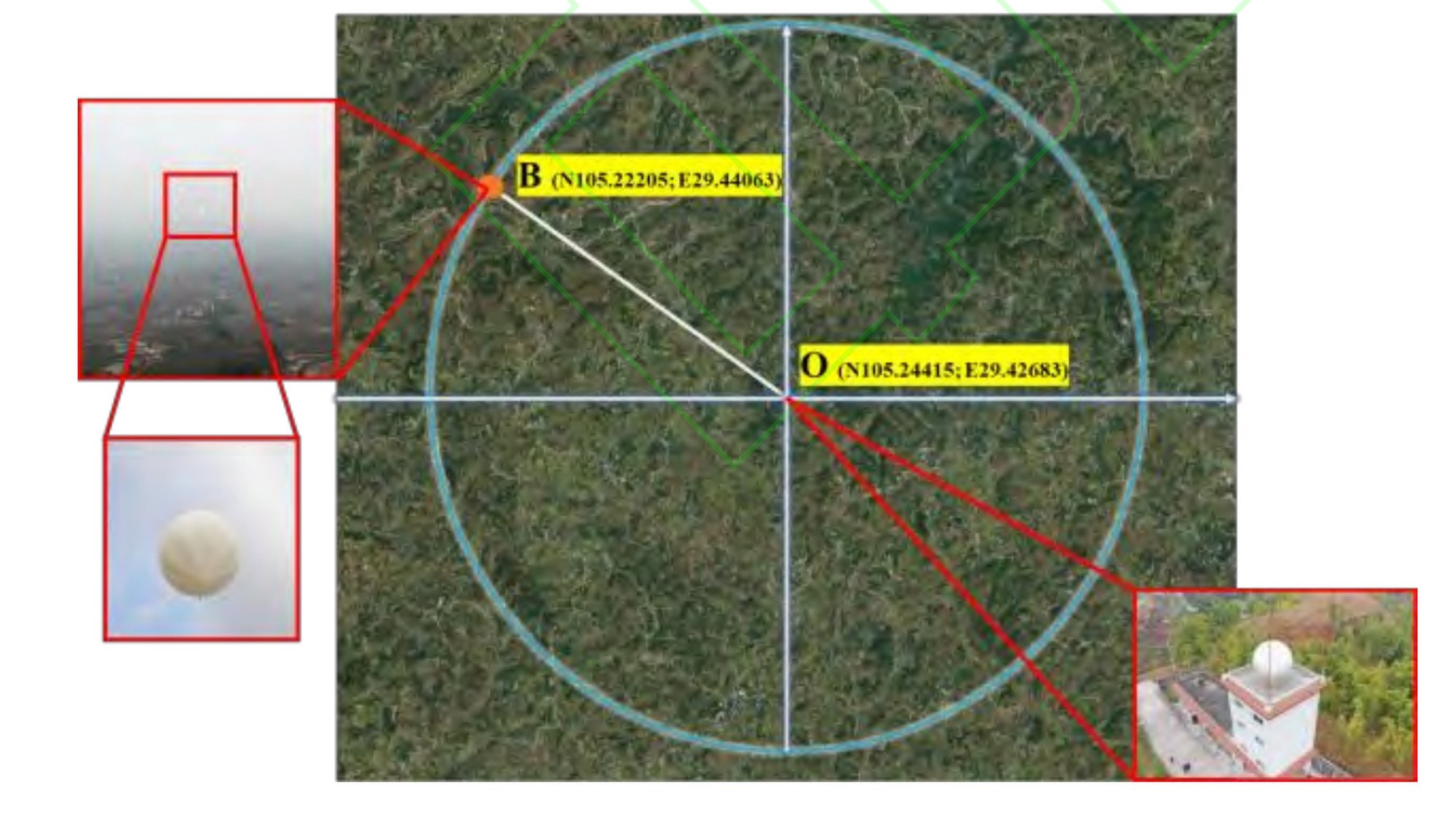India is set to evaluate the US-made Stryker Armored Fighting Vehicle (AFV) to boost its defense capabilities against potential threats along its northern and western borders. The Stryker AFV has seen extensive use in global conflicts, most recently in Ukraine. Indian media reports indicate that the Indian Army will soon test these vehicles in desert terrains and the high-altitude region of Ladakh. Defense establishment sources reveal that the Indian Army aims to acquire around 530 armored fighting vehicles.
Following the 2+2 ministerial consultations in November 2023 between India and the US, a senior US defense official announced plans for the US and India to collaborate on producing Stryker AFVs for India. Although no official agreement has been signed, sources suggest that negotiations are at an advanced stage. Last month, Indian National Security Advisor Ajit Doval and US National Security Adviser Jake Sullivan discussed the AFVs.
India is expected to make a limited off-the-shelf purchase of Strykers through the Foreign Military Sales (FMS) route. Subsequently, joint production of the vehicles is likely to take place in India under the US-India Initiative on Critical and Emerging Technologies (iCET). The Stryker is under consideration because Indian vendors have not met the required qualitative standards (QR).
However, the Stryker has some technical limitations that are being assessed. Concerns have been raised about the 350-horsepower Caterpillar C7 engine's performance at high altitudes due to thin air. To address this, the US has offered to replace it with a 750-horsepower Cummins Advanced Combat Engine, providing a significant upgrade.
With an eye on China’s People's Liberation Army near the disputed border, India needs an advanced, battle-tested armored vehicle for high-altitude terrains like Eastern Ladakh. The Indian Army, seeking to modernize its Russian-origin BMP-II amphibious infantry fighting vehicles, plans to replace them with wheeled and tracked Infantry Combat Vehicles. The Strykers are likely to be deployed in high-altitude areas along the border with China, such as Eastern Ladakh and Sikkim. Since the 2020 conflict, India has emphasized the need for light tanks and more armored combat vehicles to navigate the challenging high-altitude terrain.
Opinions about the Stryker in India are divided. Some military experts believe the vehicle will strengthen India’s arsenal against the PLA, while others argue that India already has the indigenous capability with the Wheeled Armoured Platform (WhAP). Although the WhAP has demonstrated its capabilities with multiple turrets, a sight system, and a fire control system, some defense sources argue that it lacks comprehensive sight systems, fire control systems, and weaponry.
If approved, the Stryker’s capabilities will need modifications to suit high-altitude regions like Eastern Ladakh. Proponents emphasize the Stryker's versatility, mobility, and flexibility as suitable for India’s needs. They also note similarities between the US Stryker and the Chinese armored vehicle VN22, highlighting the strategic importance of acquiring such technology.
Combatant Commanders require a brigade that can be quickly and strategically deployed, and Indian officials believe the Stryker meets this need. It is lighter and easier to move compared to larger tanks like the T-72 and T-90 in the Indian arsenal. The Stryker, while not as strong as tanks, can operate in various terrains like snow, mud, and sand.
The Stryker has been combat-tested in Iraq, Afghanistan, and more recently in Ukraine against Russian forces, proving its reliability and effectiveness in various combat situations.






